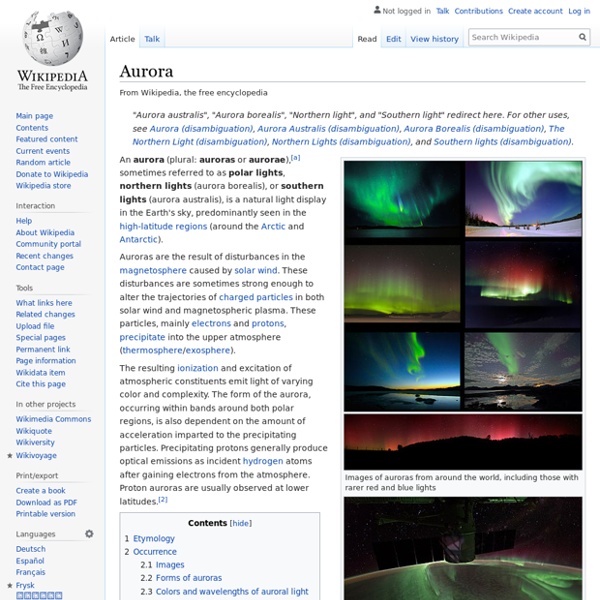fanfiction
The story of the god Sol and the goddess Luna is one that has been lost over the ages. The warrior king Sol, master of earth and fire, falls in love with the goddess Luna, mistress of wind and water. Few know of their tale... and their tragedy.
Helios
Ancient Greek personification of the sun Helios, also Helius (; Ancient Greek: Ἥλιος Hēlios; Latinized as Helius; Ἠέλιος in Homeric Greek), in ancient Greek religion and myth, is the god and personification of the Sun, often depicted in art with a radiant crown and driving a horse-drawn chariot through the sky. He was a guardian of oaths and also the god of sight. Etymology[edit] Description[edit]
Sol Invictus
Late Roman solar god Invictus as epithet[edit] Sol Invictus played a prominent role in the Mithraic mysteries, and was equated with Mithras.[18][19][20] The relation of the Mithraic Sol Invictus to the public cult of the deity with the same name is unclear and perhaps non-existent.[21] Elagabalus[edit]
Mithraism
Double-faced Mithraic relief. Rome, 2nd to 3rd century CE (Louvre Museum). Mithraism, also known as the Mithraic mysteries, was a Roman mystery religion centered on the god Mithras. The religion was inspired by Iranian worship of the Zoroastrian divinity (yazata) Mithra, although the Greek Mithras was linked to a new and distinctive imagery, and the level of continuity between Persian and Greco-Roman practice is debated.
Sol
Sol is the Latin name for the Sun. Sol or SOL may also refer to: Mythology[edit] Arts and entertainment[edit]
What meaning do Sol and Luna have in astrology
The sun (Sol) is known as the “King of the Day.” Sol needs a whole year to go around the zodiac. The Sun signs the Lion, and like the Sun the Lion is also connected with dignity, royal qualities, and nobility. The sun belongs to the male principle and can represent the father, and in the female horoscope is a partner or type of a man who could attract her.
Between Scylla and Charybdis
Henry Fuseli's painting of Odysseus facing the choice between Scylla and Charybdis, 1794/6 Being between Scylla and Charybdis is an idiom deriving from Greek mythology, meaning "having to choose between two evils". Several other idioms, such as "on the horns of a dilemma", "between the devil and the deep blue sea", and "between a rock and a hard place" express the same meaning. The myth and the proverb[edit] Scylla and Charybdis were mythical sea monsters noted by Homer; later Greek tradition sited them on opposite sides of the Strait of Messina between Sicily and the Italian mainland.
Scylla
In Greek mythology, Scylla[2] ( SIL-ə; Greek: Σκύλλα, pronounced [skýl̚la], Skylla) was a legendary monster that lived on one side of a narrow channel of water, opposite her counterpart Charybdis. The two sides of the strait were within an arrow's range of each other—so close that sailors attempting to avoid Charybdis would pass dangerously close to Scylla and vice versa. Scylla made her first appearance in Homer's Odyssey, where Odysseus and his crew encounter her and Charybdis on their travels. Later myth gave her an origin story as a beautiful nymph who gets turned into a monster. The strait where Scylla dwelled has been associated with the Strait of Messina between Calabria, a region of Southern Italy, and Sicily, for example, as in Book Three of Virgil's Aeneid.[4] The coastal town of Scilla in Calabria takes its name from the mythological figure of Scylla and it is said to be the home of the nymph.
Charybdis
Whirlpool in the Strait of Messina named for a figure in Greek mythology Charybdis (; Ancient Greek: Χάρυβδις, pronounced [kʰárybdis], Kharubdis) is a sea monster in Greek mythology. Subsequent scholarship has suggested that it was based on a whirlpool in the Strait of Messina. Description[edit]



